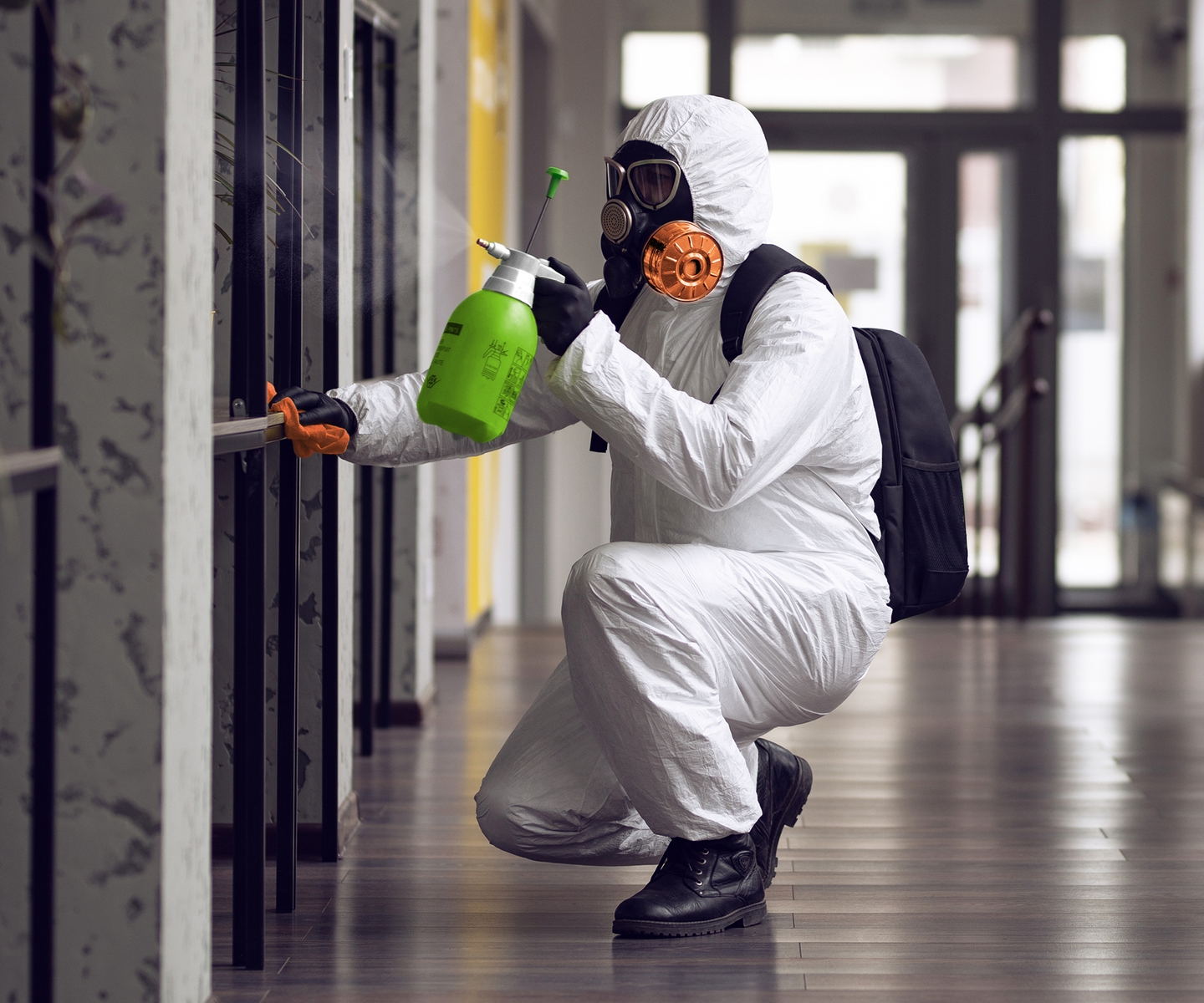Mold infestations have long been a persistent challenge for property owners, posing risks to both health and property. However, with advancements in remediation techniques and technology, there’s a revolution underway in the fight against mold. In this article, we’ll explore innovative mold solutions that are revolutionizing the mold remediation industry and transforming the way we tackle mold infestations.
- Advanced Detection Methods: Revolutionizing mold remediation begins with advanced detection methods. Cutting-edge technologies such as infrared thermography, moisture meters, and air sampling devices allow professionals to identify mold hotspots with unprecedented accuracy. By pinpointing the source of mold growth, remediation efforts can be targeted more effectively.
- Smart Containment Systems: Traditional containment methods are being replaced by smart containment systems that leverage technology to prevent the spread of mold spores. These systems use sensors and automated controls to regulate airflow and maintain negative air pressure, ensuring that containment barriers remain secure and effective throughout the remediation process.
- Innovative Moisture Control Solutions: Addressing moisture issues is crucial in mold remediation, and innovative solutions are revolutionizing how we manage moisture. From smart moisture sensors that detect leaks in real-time to moisture-resistant building materials that prevent mold growth, these advancements are helping to eliminate the root causes of mold infestations.
- Bio-based Remediation Agents: Traditional chemical-based remediation agents are being replaced by bio-based alternatives that are safer for both humans and the environment. These natural enzymes and microbes target mold at its source, breaking down organic matter and inhibiting its growth without the use of harmful chemicals.
- Nano-coating Technologies: Nano-coating technologies are revolutionizing mold prevention by creating protective barriers on surfaces that repel moisture and inhibit mold growth. These thin, invisible coatings form a shield against mold spores, preventing them from taking hold and proliferating on surfaces.
- Remote Monitoring and Control: Remote monitoring and control systems allow remediation professionals to oversee and manage remediation projects from anywhere in the world. Through real-time data monitoring and automated controls, professionals can ensure that remediation efforts are progressing smoothly and efficiently, even from a distance.
- Data Analytics and Predictive Modeling: Data analytics and predictive modeling are revolutionizing mold remediation by providing insights into mold growth patterns and trends. By analyzing historical data and environmental factors, professionals can predict where mold is likely to occur and take proactive measures to prevent infestations before they occur.
- Education and Training Programs: Finally, education and training programs are playing a crucial role in revolutionizing mold remediation. By equipping professionals with the latest knowledge and skills, these programs ensure that remediation efforts are carried out safely, effectively, and in compliance with industry standards.
In conclusion, the landscape of mold remediation is being revolutionized by innovative solutions that are making the process safer, more efficient, and more effective. From advanced detection methods to smart containment systems, bio-based remediation agents, and remote monitoring technologies, these advancements are transforming the way we approach mold infestations. By embracing these innovative mold solutions, we can revolutionize the remediation industry and create healthier, safer indoor environments for all.



